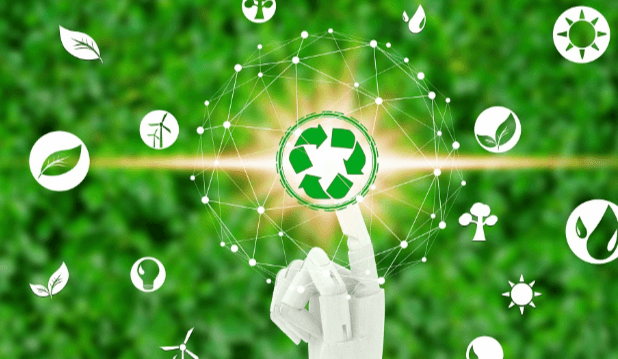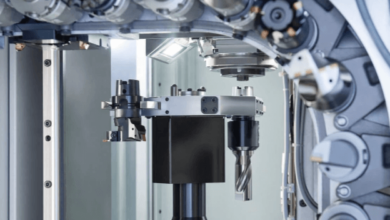What are the latest developments in sustainable technology and how are they helping to combat climate change?

Introduction to Sustainable Technology and Climate Change
Sustainable technology encompasses innovations designed to reduce the negative impact of human activities on the environment. These technologies aim to help in managing natural resources more efficiently, reducing waste, and significantly lowering emissions that contribute to climate change. As global awareness and regulatory measures increase, there has been a significant rise in the development and adoption of these technologies.
Renewable Energy Innovations
One of the most impactful areas in sustainable technology is the development of renewable energy sources. Innovations in solar, wind, and hydroelectric power are seeing enhanced efficiencies and lower costs. For instance, perovskite solar cells are promising due to their lower manufacturing costs and higher efficiency rates compared to traditional silicon-based cells.
Advances in Energy Storage
Energy storage is a critical component of making renewable energy more reliable and accessible. Recent developments in battery technologies, such as solid-state batteries and flow batteries, offer longer lifespans and higher capacities. These advancements help manage the intermittency issues associated with renewable energy sources.
Electric and Hybrid Vehicles
The automotive industry is undergoing a transformation with the increase in production of electric and hybrid vehicles. Innovations like improved battery technology and more efficient electric motors are making these vehicles more accessible and affordable, thus reducing reliance on fossil fuels.
Smart Grid Technology
Smart grids use digital communication technology to control utility electricity delivery systems, improving efficiency and reliability. These grids are pivotal in integrating renewable energy sources into the main power grid seamlessly, allowing for better energy management and reduced carbon footprints.
Carbon Capture and Storage (CCS) Technology
Carbon capture and storage (CCS) technologies involve capturing carbon dioxide emissions from sources like power plants and storing it underground to prevent it from entering the atmosphere. New techniques and improvements in CCS are proving to be essential in industries that are harder to decarbonize.
Sustainable Agriculture Practices
Technological advances in agriculture, including precision farming and genetically modified crops, contribute significantly to sustainability. These innovations help increase crop yields and reduce the necessity for chemical fertilizers and pesticides, which have harmful environmental impacts.
Waste Management Technologies
Enhanced recycling technologies and innovative waste management systems are crucial in reducing landfill waste and emissions. For instance, new composting technologies and biodegradable materials are improving waste decomposition and reducing the overall environmental footprint.
Water Conservation Technologies
Innovative water management technologies, such as smart irrigation systems and water-efficient appliances, are crucial for conserving water resources. These technologies ensure that water is used more efficiently both in industrial applications and daily consumer use.
Impact of Green Buildings
Green building technologies, including high-efficiency heating and cooling systems, green roofs, and advanced insulation materials, are making buildings more energy-efficient and less harmful to the environment. These technologies not only reduce emissions but also lower energy costs.
Governmental and Corporate Initiatives
Both governmental bodies and private corporations are increasingly adopting sustainable technologies. Incentives, regulations, and policies are being implemented to encourage the adoption of these technologies. For example, tax incentives for solar panel installation and regulations requiring reduced emissions from factories are pivotal.
Conclusion
The latest developments in sustainable technology are making significant strides in combating climate change. These innovations not only help in reducing the impact of human activities on the environment but also promote a sustainable economy. As technology advances and adoption rates increase, the future looks promising for a sustainable and green planet.






